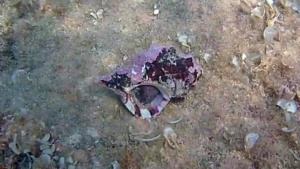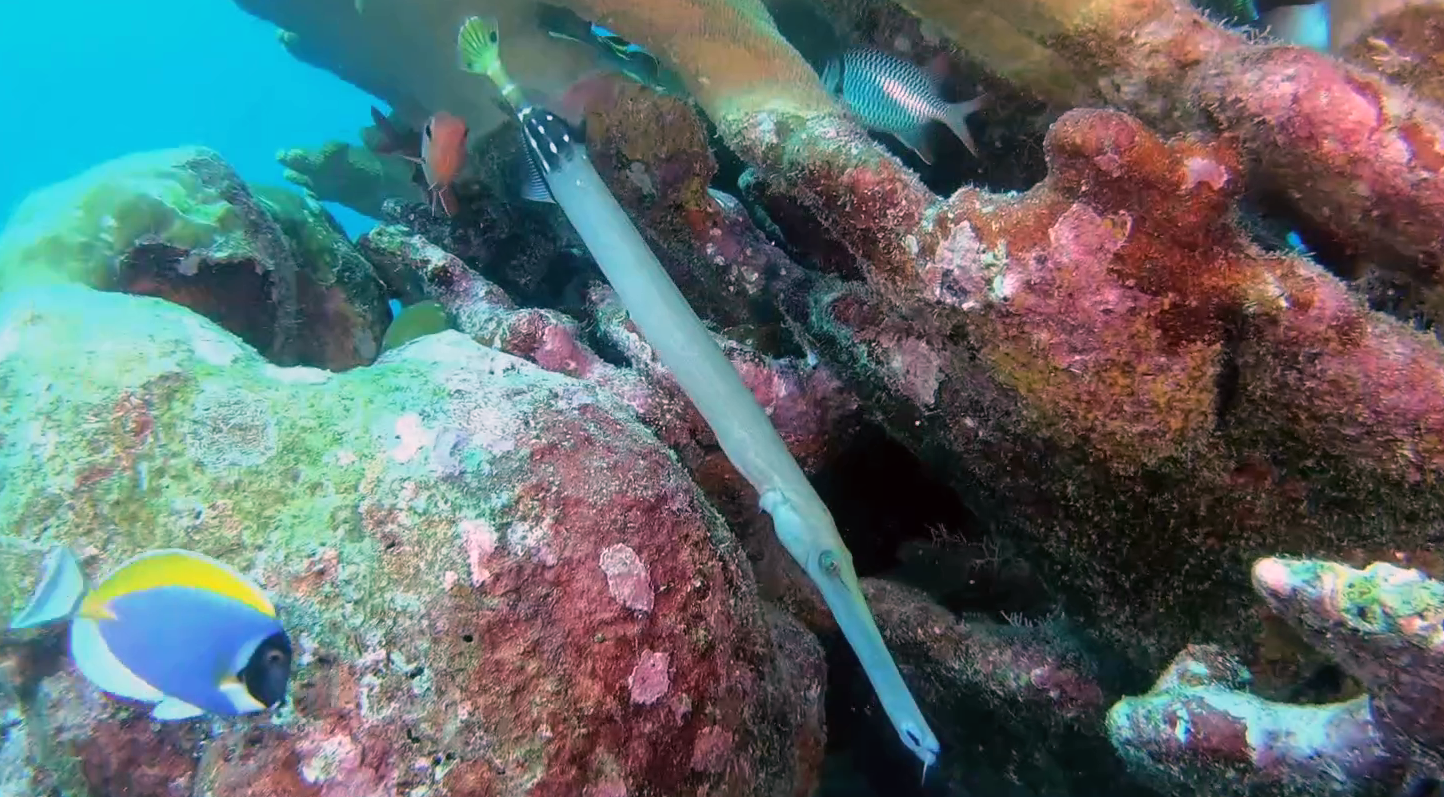Noah’s Ark seashell, Arca noae, is a species of bivalve mollusc in the family Arcidae. It is found in the Mediterranean Sea from low tide mark to a depth of 100 metres. The seashell of Arca noae grows to about 10 cm in length. but the ones we found did not exceed 3, 4 centimeters. Quite difficult to identify on the seabed because the shells are always covered not only by sponges but also by algae or other encrusting organisms. We noticed their presence because they were found open without the presence of the mollusc which was certainly prey to either an Octopus or fish such as Sea bream and Bream. It is shortened at the anterior end and elongated posteriorly. It is irregularly striped in brown and white and has finely sculptured ribs running from the umbones to the margin. The hinge is long and straight and the shell is attached strongly to the substrate by byssal threads. There are pallial eyes on the edges of the mantle, especially at the posterior end. arca di noè
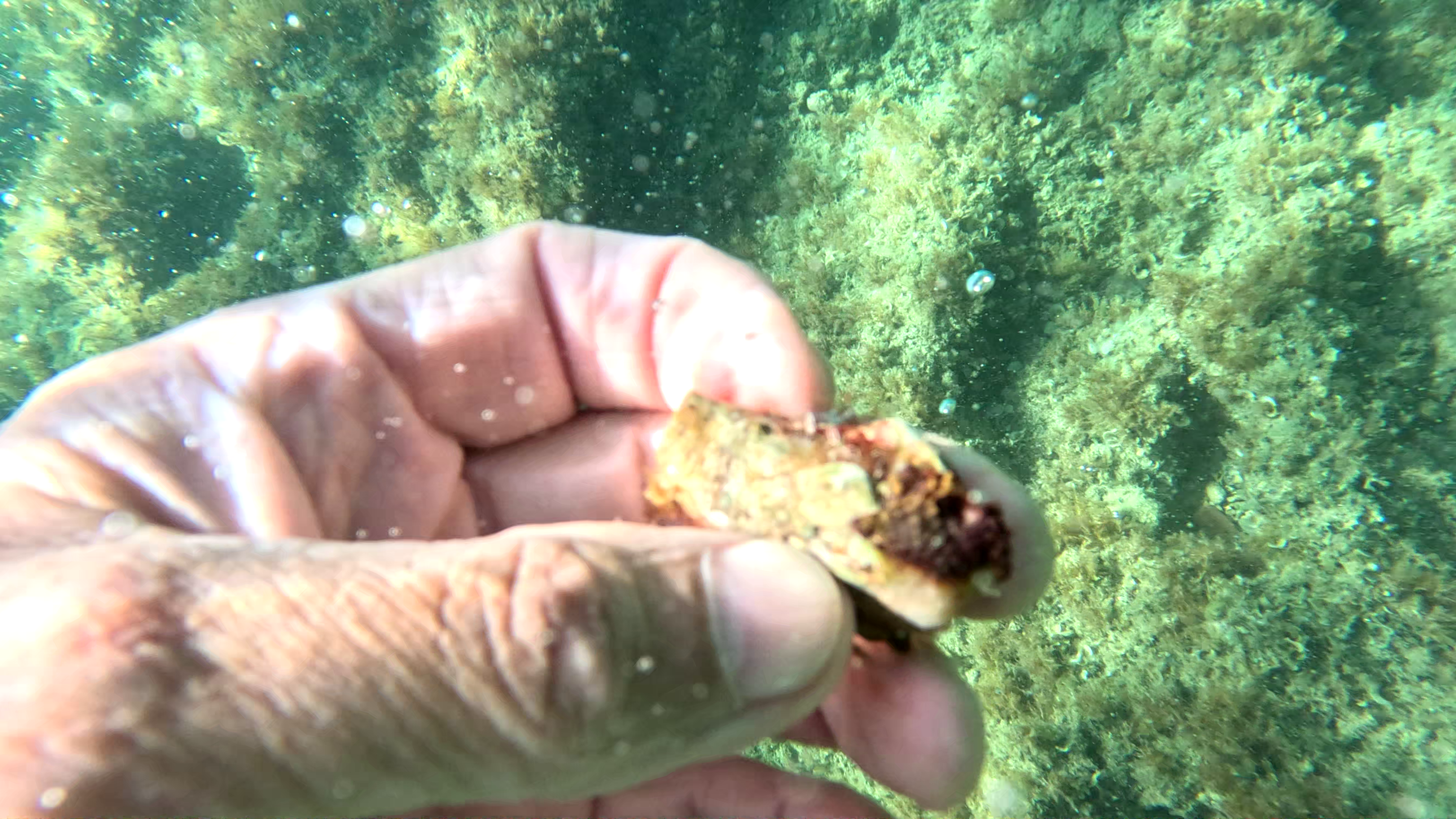
Noah’s Ark seashell – Arca di Noè o Mussolo – Arca noae – www.intotheblue.it
Bivalvia in previous centuries referred to as the Lamellibranchiata and Pelecypoda, is a class of marine and freshwater molluscs that have laterally compressed bodies enclosed by a shell consisting of two hinged parts. As a group, bivalves have no head and they lack some usual molluscan organs, like the radula and the odontophore. The class includes the clams, oysters, mussels, scallops and numerous other families are filter feeders. The gills have evolved into ctenidia, specialised organs for feeding and breathing. Most bivalves bury themselves in sediment, where they are relatively safe from predation. Others lie on the sea floor or attach themselves to rocks or other hard surfaces. Some bivalves, such as the scallops and file shells, can swim, Shipworms bore into wood, clay, or stone and live inside these substances.
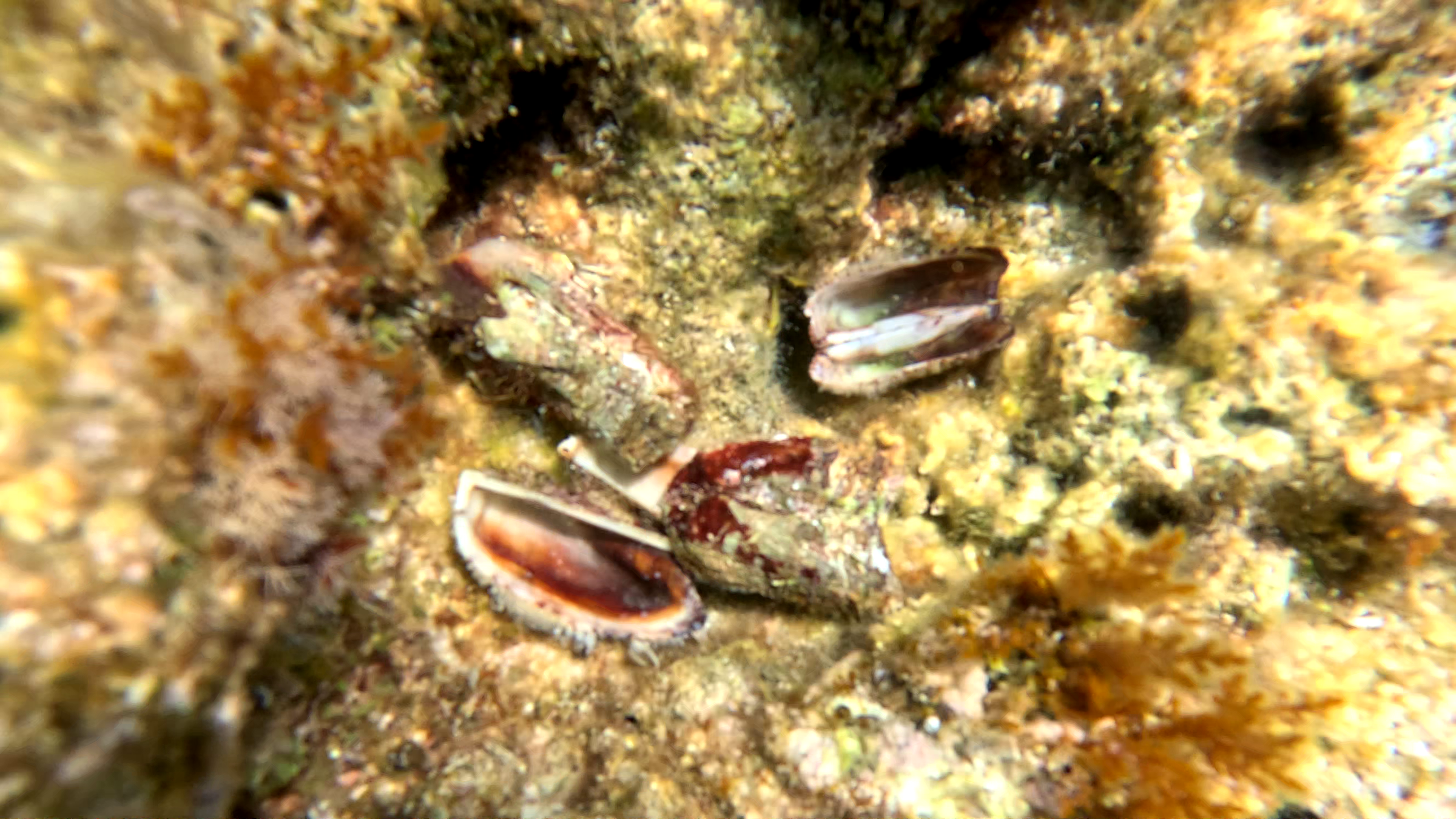
Noah’s Ark seashell – Arca di Noè o Mussolo – Arca noae – www.intotheblue.it
The shell of a bivalve is composed of calcium carbonate, and consists of two, usually similar, parts called valves. These valves are for feeding and for disposal of waste. These are joined together along one edge (the hinge line) by a flexible ligament that, usually in conjunction with interlocking “teeth” on each of the valves, forms the hinge. This arrangement allows the shell to be opened and closed without the two halves detaching. The shell is typically bilaterally symmetrical, with the hinge lying in the sagittal plane. Adult shell sizes of bivalves vary from fractions of a millimetre to over a metre in length, but the majority of species do not exceed 10 cm.
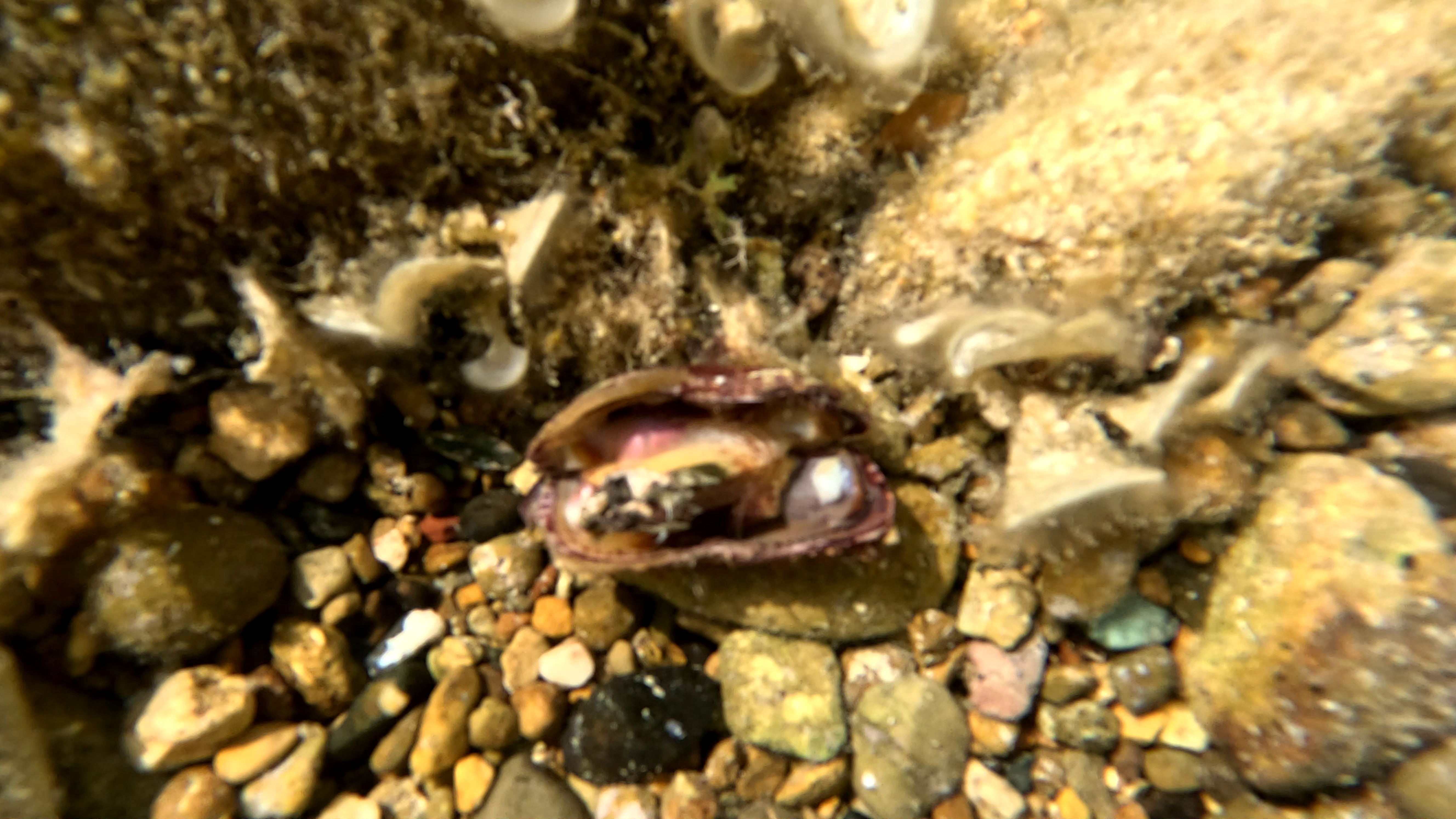
Noah’s Ark mollusc – Mollusco Arca di Noè – www.intotheblue.it
Bivalves have long been a part of the diet of coastal and riparian human populations. Oysters were cultured in ponds by the Romans, and mariculture has more recently become an important source of bivalves for food. Modern knowledge of molluscan reproductive cycles has led to the development of hatcheries and new culture techniques. A better understanding of the potential hazards of eating raw or undercooked shellfish has led to improved storage and processing.
(extract from Wikipedia)
 English
English Italiano
Italiano
